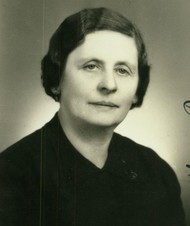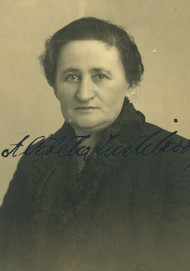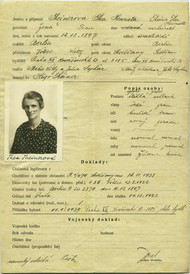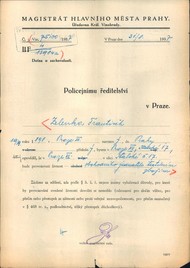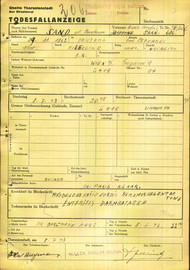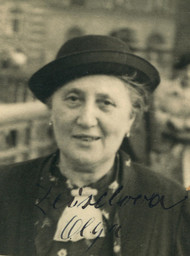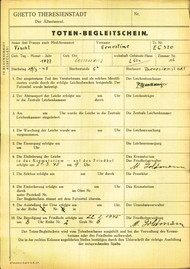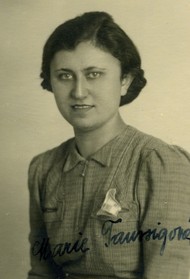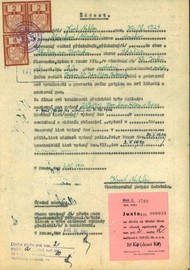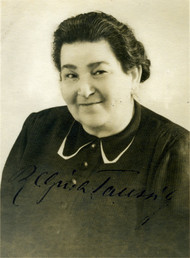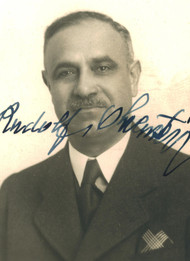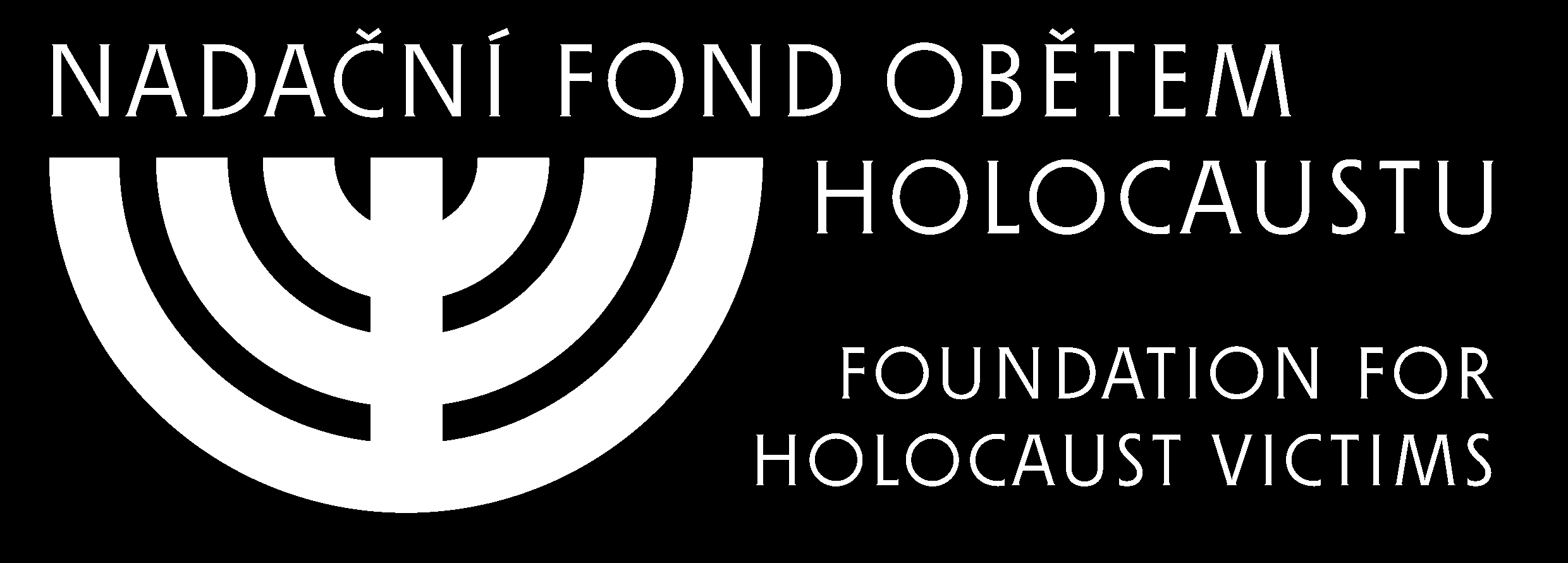Out of all the crimes that the Nazis and their allies committed, the Shoah, the almost successful extermination of all European Jews, stands out. But the National Socialist racial ideology denied also other groups the right to live. This particularly affected people with disabilities and Romani and Sinti, who were labeled as “racial gypsies” and “gyspy half-breeds”. These people also fell victim to a systematic persecution on the basis of their supposed “race”, which culminated in genocide.
The Nazis ascribed different roles to “Jews” and “Gypsies” as part of their racist “worldview”.The former ones were regarded as “the greatest enemy of mankind” and as “parasites”, “Gypsies” in turn discriminated against as “underdeveloped”, “anti-social” and allegedly unable to take care of themselves. Both groups were categorized as so-called “alien races” by the Nazis, as it is appareant from the “Nurimberg Laws” and the associated comments and implementing regulations. The National Socialist persecution policy against “Gypsies” was based on old, traditional prejudices and stereotypes. Anti-Semitism and anti-Gypsyism were not only part of the Nazis' racial ideology, but were an integral part of the general worldview held by the majority of people in Europe.
Just as the decision to systematically exterminate the Jews was not made overnight, the National Socialist plans for “Gypsies” were also subject to development. The “final solution” in both cases, however, consisted of mass murder in the gas chambers or by slave labor in the concentration camps, which in the majority of cases resulted in death. These events are known today as the genocide of “the Roma and Sinti during the Second World War”, a term meant to describe similarities with and mark differences in comparison with the Shoah.
While the persecution of Jews in the entire sphere of influence of the National Socialists meant murder, the policies of persecution against “Gypsies” differed in the occupied countries. In simple terms, it can be said that the further east you got, the situation got worse. In the Benelux countries, the “wagenbewooners” were subjected to strict controls and their opportunities to earn a living were severely restricted, in France they were detained in camps. On the territory of the Soviet Union, the so-called “Einsatzgruppen” murdered Jews and Roma, wherever they thought they recognized them. 1
In the German “Reich”, the Nazis tried to carefully categorize everyone based on their supposed “race”. Anyone who was declared a “racial gypsy” or a “gypsy half-breed” was deported to Auschwitz-Birkenau or forcibly sterilized. At first glance, this may seem less brutal than murder in the gas chamber, but is nonetheless genocidal. The Nazis regarded the “Protectorate of Bohemia and Moravia” as “part of the Reich”, and so they tried to proceed as much as possible in the same way here as in the “Reich”.
The “Gypsy camps” in Lety u Písku and Hodonín u Kunštátu played an important role in the genocide of the Roma and Sinti in the “Protectorate of Bohemia and Moravia”. They existed from summer of 1942 to summer of 1943. Of the approximately 2,700 women, men and children imprisoned here, about 540 died as a result of the catastrophic conditions that prevailed in these camps. Another 4,500 people labeled as “Gypsies” were deported in several mass transports from March 1943 on to the “Gypsy camp” in the Auschwitz-Birkenau extermination camp, where most of them were killed. In total, more than 5,000 Roma and Sinti from the territory of today‘s Czech Republic were murdered within the context of the National Socialist “Gypsy” persecution.
After the end of World War II, only 600 Roma and Sinti returned to the Czech lands from the concentration, internment and other forced labor camps.2 A new beginning in the re-established Czechoslovakia was often made more difficult by physical limitations originating from the persecution and also marked by sadness and insecurity. After their deportation, their homes had often been destroyed, their property stolen or sold in public auctions, leaving them with nowhere to return to.
Content
This category offers information about the genocide of the Roma and Sinti during World War II on the territory of today's Czech Republic. Most of the articles were written within the framework of the project „Database of Victims of National Socialist ‚Gypsies‘ Persecution“, some originate from the preparatory phase for this project. Some older articles were replaced because their content no longer corresponded to the current state of research. They were not deleted, though, but archived. We do not claim to be complete, but have tried to provide a solid overview of the topic.
Terminology
We use the word “gypsy” wherever it is necessary for the context. This expression cannot always be replaced by “Roma and Sinti”, because it has also been used to describe a group containing also people who did not identify as Roma or Sinti. To this day it is used (not only) in Czech as a discriminatory swear word for Roma and Sinti. Therefore, we only use this term when it cannot be adequately replaced, i.e. in quotations or in relation to the National Socialist racial ideology, racist stereotypes or persecution policies. When we use it, however, we always put it in quotation marks, in order to make clear that we do not use this term as an expression of our own. You can find more information on the use of terms on holocaust.cz here.


